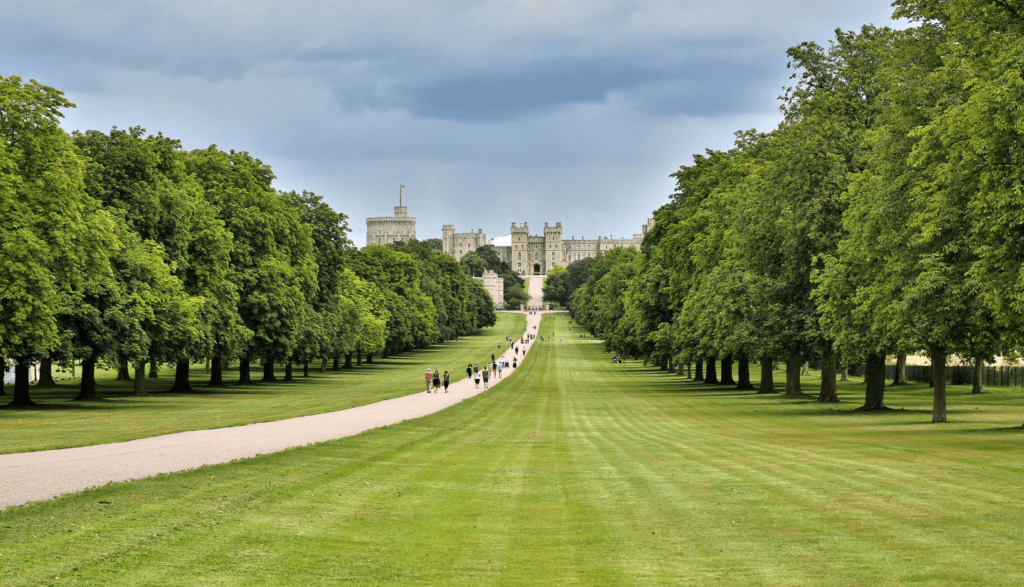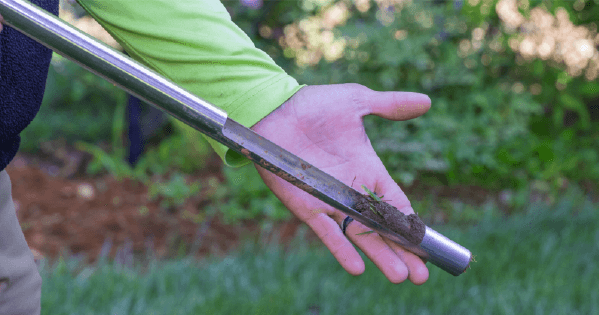A Brief History of Lawn Care

A perfectly manicured lawn has been an important part of land and home ownership since medieval times. For wealthy landowners, the lawn was a place for entertaining, walking about, playing games, and building a stately garden.
Before becoming a status symbol in the 16th century, a well-maintained lawn was simply practical. Landowners set livestock out to graze around castles and manor houses as a way to ensure visibility and better defend their property.
Here’s an interesting timeline of lawn care history and the evolution of equipment that makes the job easy for homeowners today:
Early Beginnings (Medieval Period)
- Origins in Europe: The concept of lawns originated in the medieval period in Europe, particularly in France and England. During this time, lawns included flower gardens to adorn tables throughout the home, vegetable gardens to feed families and workers, and grazing areas to feed livestock.
- Status Symbol: By the 16th century, lawns became a symbol of wealth and status among the European aristocracy. The wealthy would maintain large, open grass areas to showcase their land ownership and the labor force required to maintain it.
17th and 18th Centuries
- Garden Design and Aesthetics: During the 17th century, the English landscape garden movement popularized the idea of the lawn as an aesthetic element in garden design. The gardens of Versailles, designed by André Le Nôtre, are a notable example of this trend.
- The Rise of the English Lawn: In the 18th century, the English embraced the idea of the lawn as a key feature of their gardens. Lawns became more meticulously maintained, with the invention of the scythe (a curved blade attached to a long wooden handle used to cut grass, harvest crops, and hack weeds) making it easier to keep the grass short.
- North America: The lawn didn’t become widely popular in North America until the Industrial Revolution (late 1700s to mid-1800s). It was seen as an unnecessary expense until then. But with the establishment of communities and neighborhoods, the lawn became an important part of society. The first lawn mower was invented in 1830 and since then every few years there have been milestones in the lawn equipment manufacturing industry. Today Americans experience the convenience of electric lawn mowers, and robotic ones that don’t need a driver!
Mid-20th Century
- Post-War Suburbia: After World War II, the growth of suburban developments in the United States fueled a cultural obsession with the perfect lawn. Lawns were seen as an essential part of the American Dream, symbolizing prosperity and social conformity.
- Technological Advancements: The development of gasoline-powered lawn mowers, sprinklers, irrigation systems and chemical fertilizers made lawn care easier and more widespread. The lawn care industry grew rapidly, offering a variety of products and services to homeowners.
Late 20th – 21st Century
- Sustainability Concerns: By the late 20th century, environmental concerns began to influence lawn care practices. Issues such as water usage, chemical runoff, and the impact on local ecosystems led to the rise of organic and sustainable lawn care methods.
- Alternative Landscaping: In recent decades, there has been a growing movement towards alternative landscaping methods that reduce or eliminate traditional lawns. These methods include xeriscaping (using drought-resistant plants), natural meadows, and the use of native plants to promote biodiversity.
Cultural and Social Impact
Cultural Significance: Lawns have come to symbolize different things in various cultures, from wealth and social status to environmental stewardship. The idea of a well-kept lawn is deeply embedded in the cultural fabric of many societies, especially in Western countries.
Modern Trends
- Smart Technology: The rise of smart technology has brought innovations like robotic lawn mowers and automated irrigation systems, making lawn care more efficient and precise.
- Mowing Patterns: There are all kinds of patterns for grass cutting. There are the checkerboard, diamond, zig zag, and crisscross patterns, and there are also straight lines, circles, and waves. Changing the mowing pattern often promotes growth and helps avoid uneven soil compaction that can happen from consistently mowing in the same pattern.
- Ecological Consciousness: There is a growing trend towards reducing the environmental impact of lawn care, with a focus on reducing water usage, eliminating synthetic chemicals, and promoting wildlife-friendly practices.
The history of lawn care reflects broader social changes, technological advancements, and evolving attitudes toward nature and the environment.
Simply Green Can Help!
Simply Green Lawn Care Plus cares about your Georgia lawn as much as you do! If you need help creating a plan for lawn maintenance and pest management, contact Simply Green today for a free consultation.
About Simply Green Lawn Care

Simply Green aims to provide the highest quality lawn care, mosquito control, and lawn pest control services to Georgia residents.
We are locally owned and operated which allows us to be accessible, attentive, and responsive for customers in Georgia.
Our well-trained team is easy to work with and determined to exceed expectations.
All our plant health care specialists are Georgia Department of Agriculture Certified and maintain their Category 24 applicators license.


